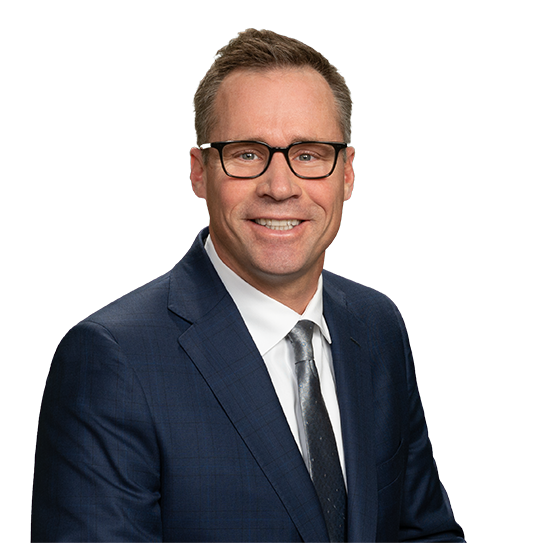Cases
WTO wins for Geosyntec in Tenth Circuit "pollution for profit" case
Almost 20 years after the environmental catastrophe at the Summitville Gold Mine in Southwestern Colorado, the multiple rounds of CERCLA litigation related to the mine may have finally ended. The litigation first began in 1996 when the EPA sued Robert Friedland, sometimes referred to by the popular media as "Toxic Bob", in a CERCLA cost recovery action related to response and cleanup costs at the cyanide heap-leach pad near Summitville, Colorado. While the Government incurred more than $200 million in costs, it ultimately recovered about $22 million from Mr. Friedland. Despite this setback, Friedland went on to become one of the most successful international mining promoters of all time, ranking on the Forbes list of "The 400 Richest Americans."
After paying the Government, Friedland mounted a series of successful CERCLA contribution lawsuits to recoup his $22 million – and then some – from a host of other parties who performed various tasks at the Summitville Mine.
WTO partner Terence Ridley was involved in both the original suits brought by the Federal and State governments, as well as in subsequent contribution suits brought by Friedland. In what is likely the last contribution suit related to Summitville, Mr. Ridley represented one of the subcontractors, Geosyntec Consultants. Geosyntec performed quality assurance on the geosynthetic liner that aided in containment of cyanide leachate solution used to extract gold and silver from the ore at the mine. The cyanide solution eventually threatened to overflow the containment pond and endanger the Alamosa River Basin in 1990 when the mining company declared bankruptcy.
Friedland sued Geosyntec in 2004, seeking to recover approximately $12 million of his settlement with the Government. After years of hard-fought discovery, Ridley uncovered the fact that Friedland had actually turned his role as Summitville litigant into yet another profitable venture – thematically referred to as "pollution for profit." In short, Ridley uncovered through contested discovery that Friedland had previously obtained substantial sums in other settlements related to Summitville.
GeoSyntec then moved for summary judgment, arguing that Friedland had received more via settlements from others than he had paid the federal government. Friedland countered that the amounts Friedland recovered should be allocated between response costs and his substantial legal defense costs and that, given such allocation, he still had compensable damages. He also argued that the common law collateral source rule, which would have required that prior insurance settlements be disregarded, should be engrafted on to the CERCLA statute. The trial judge, Robert Blackburn, rejected Friedland's arguments, and granted summary judgment in favor of the defendants.
The case eventually found its way to the Tenth Circuit Court of Appeals. Mr. Ridley argued the CERCLA aspects of the case to the court at oral argument. The Tenth Circuit affirmed the ruling of the trial court, holding in a case of first impression: 1) that the damages recoverable by a Plaintiff in a CERCLA action would be reduced by the full amount that the Plaintiff had previously obtained in settlements with insurance companies under the "one satisfaction" rule; and 2) the common law collateral source rule was inapplicable to CERCLA contribution actions. This is the first outright defeat of the well-funded Friedland in Summitville litigation. The decision of the Tenth Circuit should effectively end Friedland's campaign to recover sums from others that are above and beyond what he paid the Government.

 LaMar F. Jost
LaMar F. Jost